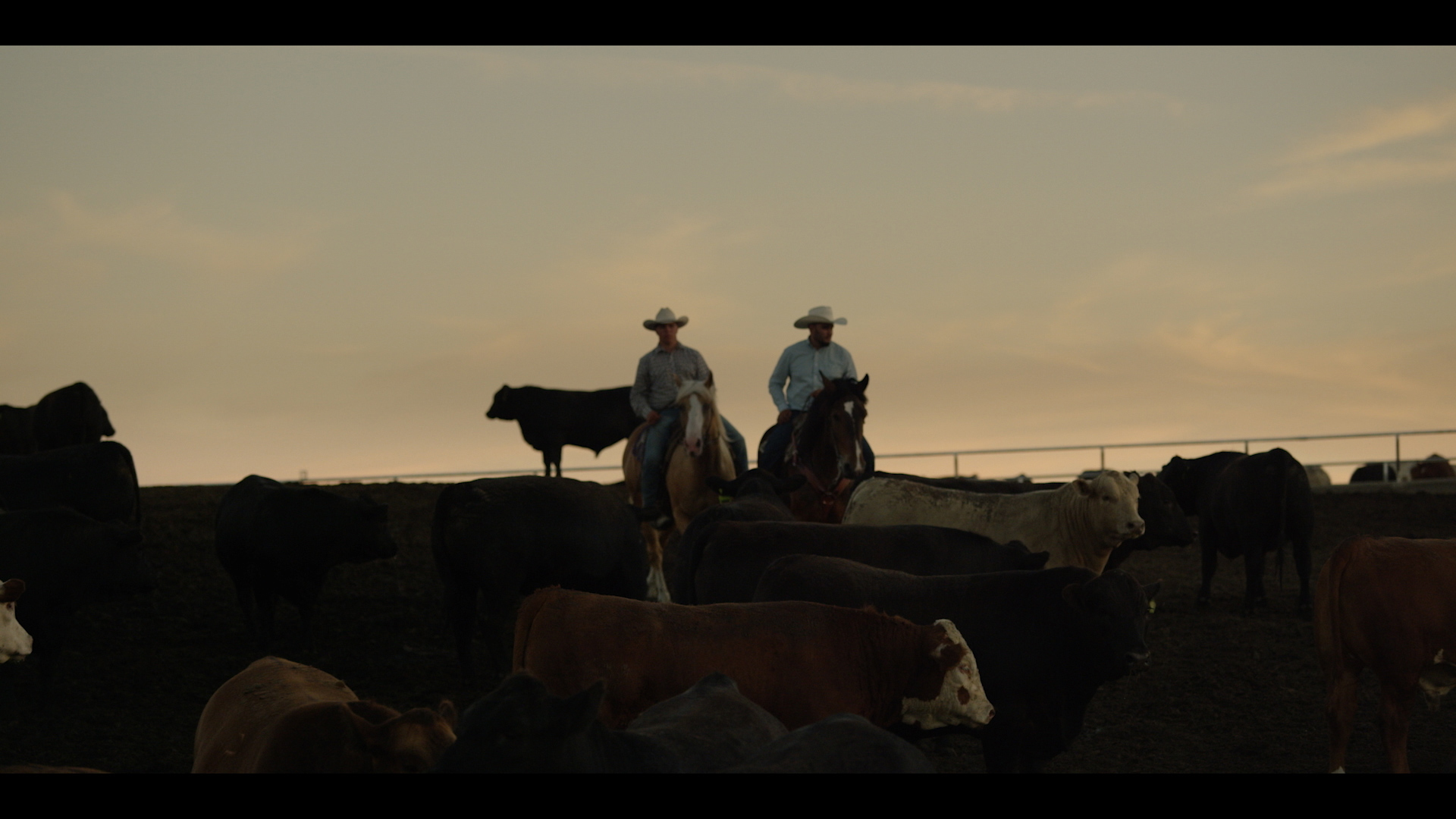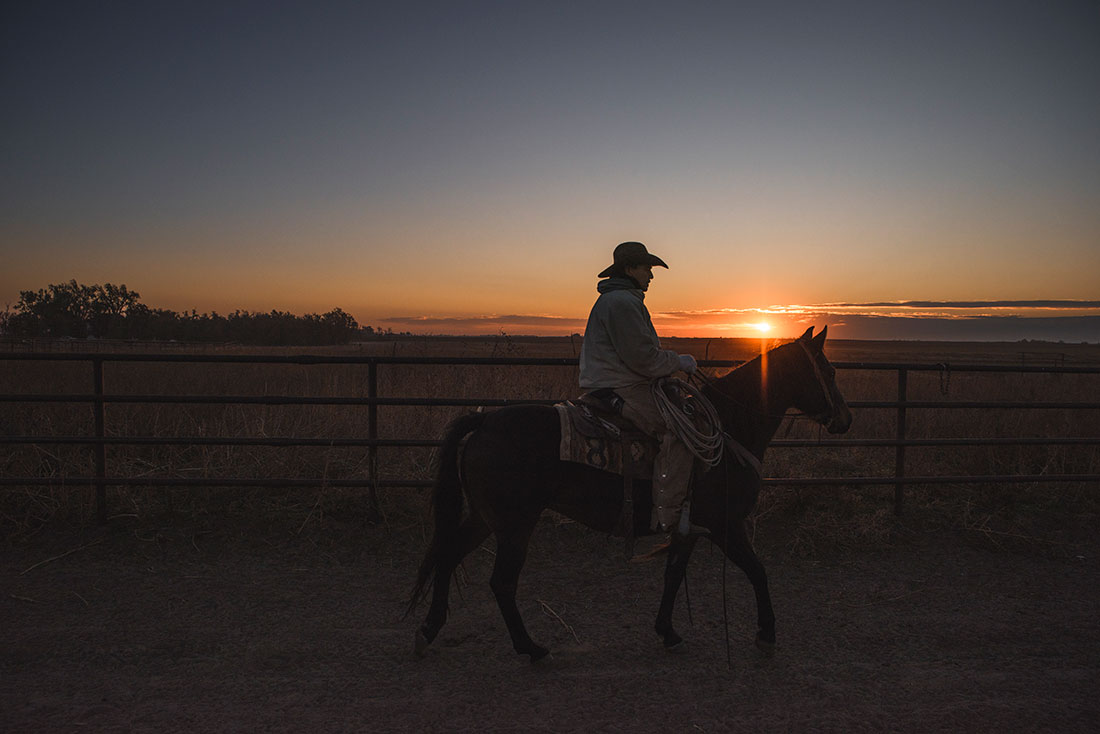modern day cowboys
Gain a glimpse into the life of Jess, a husband and father who is a pen rider at Tiffany Cattle Co. in the Flint Hills of Kansas.
ReThink the feedyard
Few images are more iconic than that of the American cowboy perched atop a horse, raised lasso swooshing high through the air and hollering loudly in pursuit of stray cattle.
Over the last 100 years, Hollywood movie studios have immortalized Western lore and lifestyle in the likes of John Wayne, Clint Eastwood, Kurt Russell and City Slickers, for the comedy fans out there. In the movies, carefully choreographed scenes depict working with cattle as a giant commotion and a bit of a spectacle with at least one boisterous "YEEE-HAAW" rising above the noise.
While these images sure make for great cinema. they’re not really accurate.
It’s time to rethink the cowboy and our perceptions of the men and women who care for cattle at the feedyard.
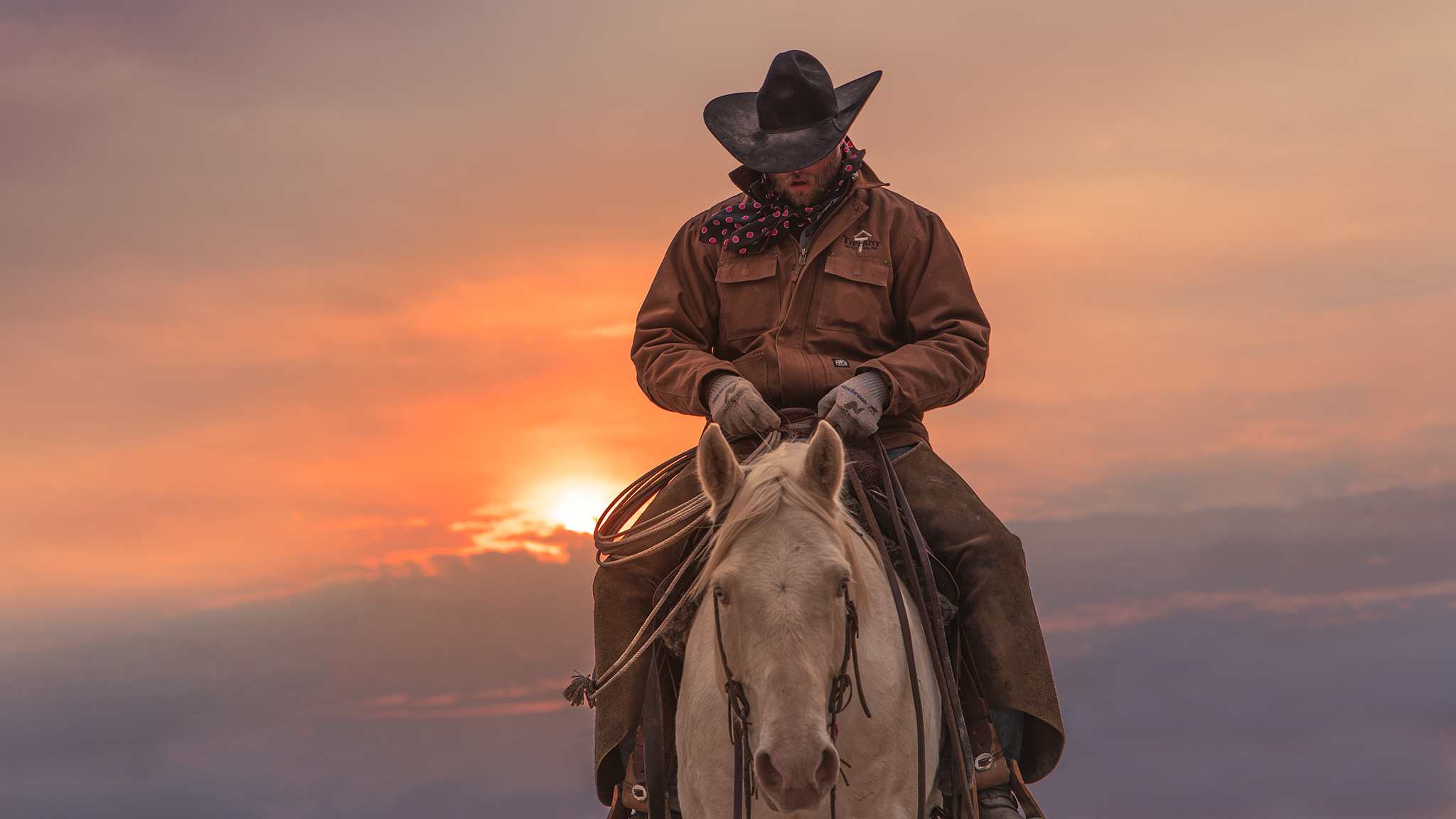
WHat is a pen rider?
Pen riders are animal care specialists who work as part of a close-knit team of professionals that includes licensed veterinarians, animal nutritionists and other employees at the feedyard. As a team, they work together to promote cattle well-being.
The day begins before sunrise, usually with coffee, team meetings, discussions about any observations from the day before and, in many cases, saddling up their horses.
Why horses? Horses allow pen riders to have a better view of each pen of cattle. Plus, since the pen riders will observe every animal at the feedyard, it is much more efficient than walking. In the rare case of a sick animal, a trained horse is ideal in isolating that sick animal and moving it to an observation pen for further monitoring. More on that later.
These feedyard cowboys will communicate what they’re seeing to the veterinarian and help move animals throughout the yard and for transport.
Bottom line, if something needs to be done with the cattle, the pen rider is ever present and there to do it.
fostering wellness in the feedyard
Every day, men and women will check every single animal at the feedyard. Over time, they come to know each pen of livestock and what “normal” is to that group. They know the cattle better than anyone else and, as such, they’re the first ones to spot a problem.
However, the first aspect to fostering animal well-being at the feedyard isn’t treating illness; it’s preventing it from happening in the first place. As the old saying goes, "An ounce of prevention is worth a pound of cure."
For cattle, the primary cause of illness is unnecessary stress. Reduce stress and you improve health and wellness.
Therefore, one of the primary duties of the pen rider is reducing stress and unwanted movement, and that starts with how they interact with the cattle.
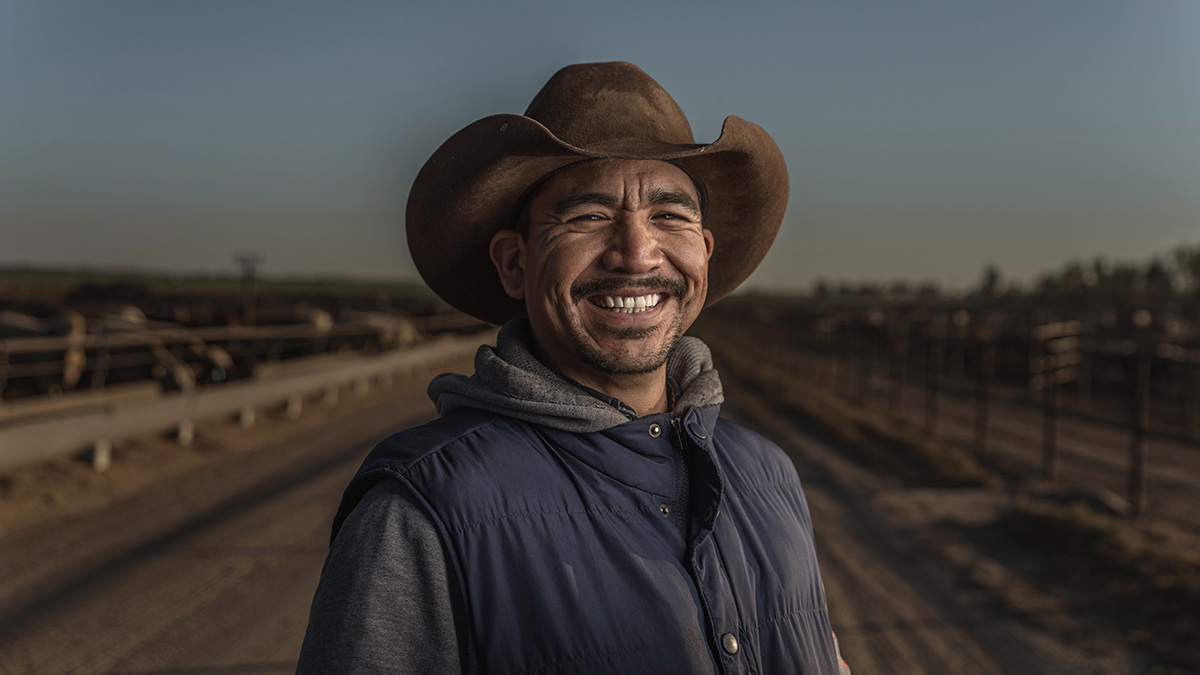
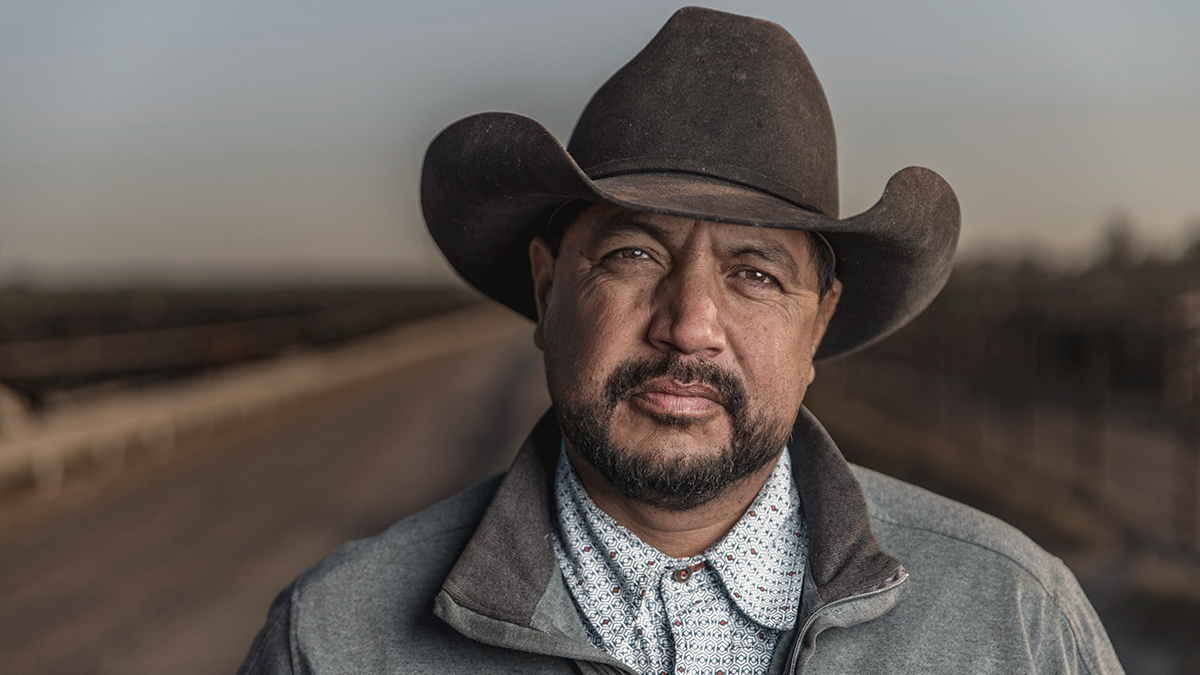
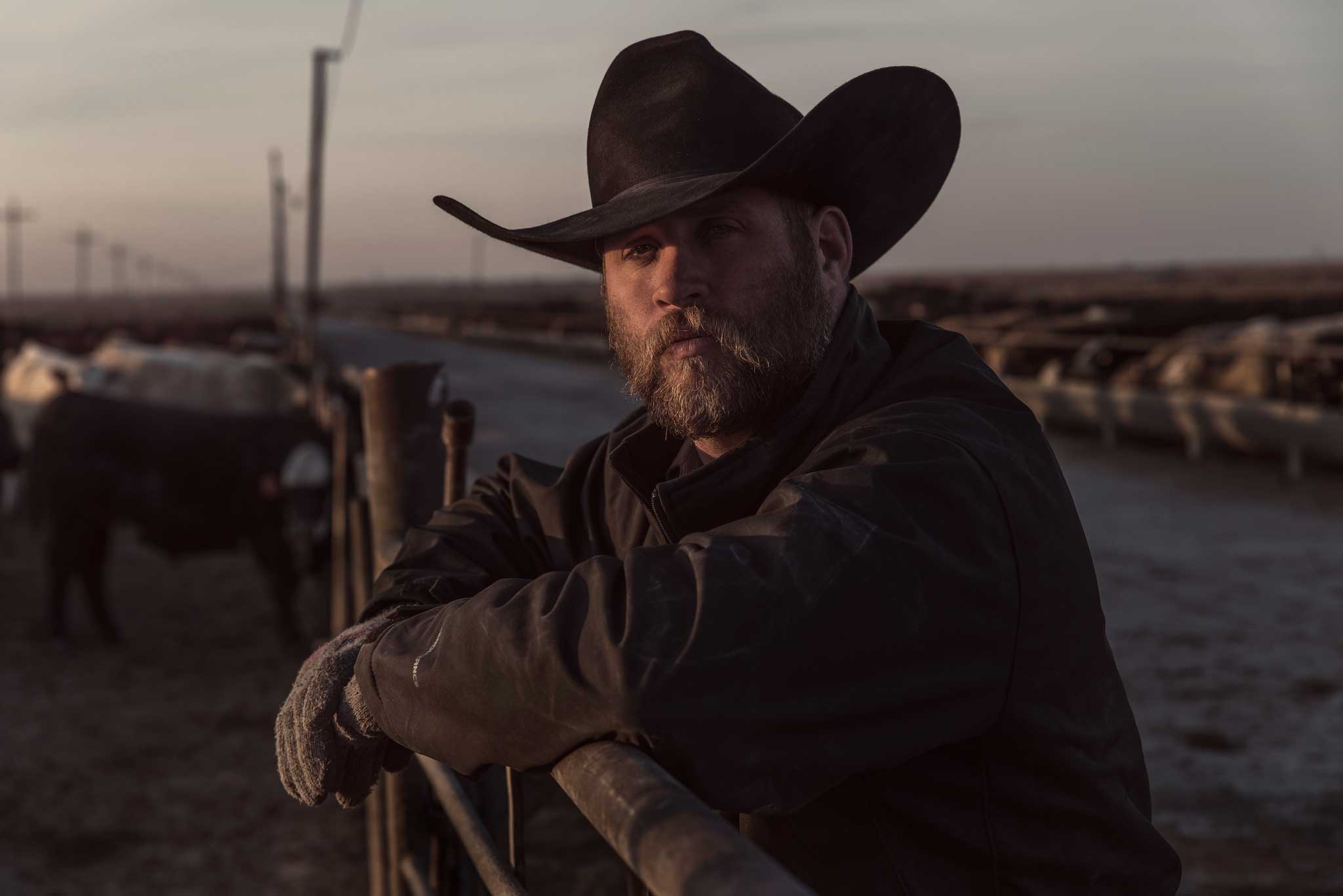
"I TAKE A LOT OF PRIDE IN MY JOB, AND MY JOB IS KEEPING CATTLE HEALTHY" - JESS, TIFFANY CATTLE CO.
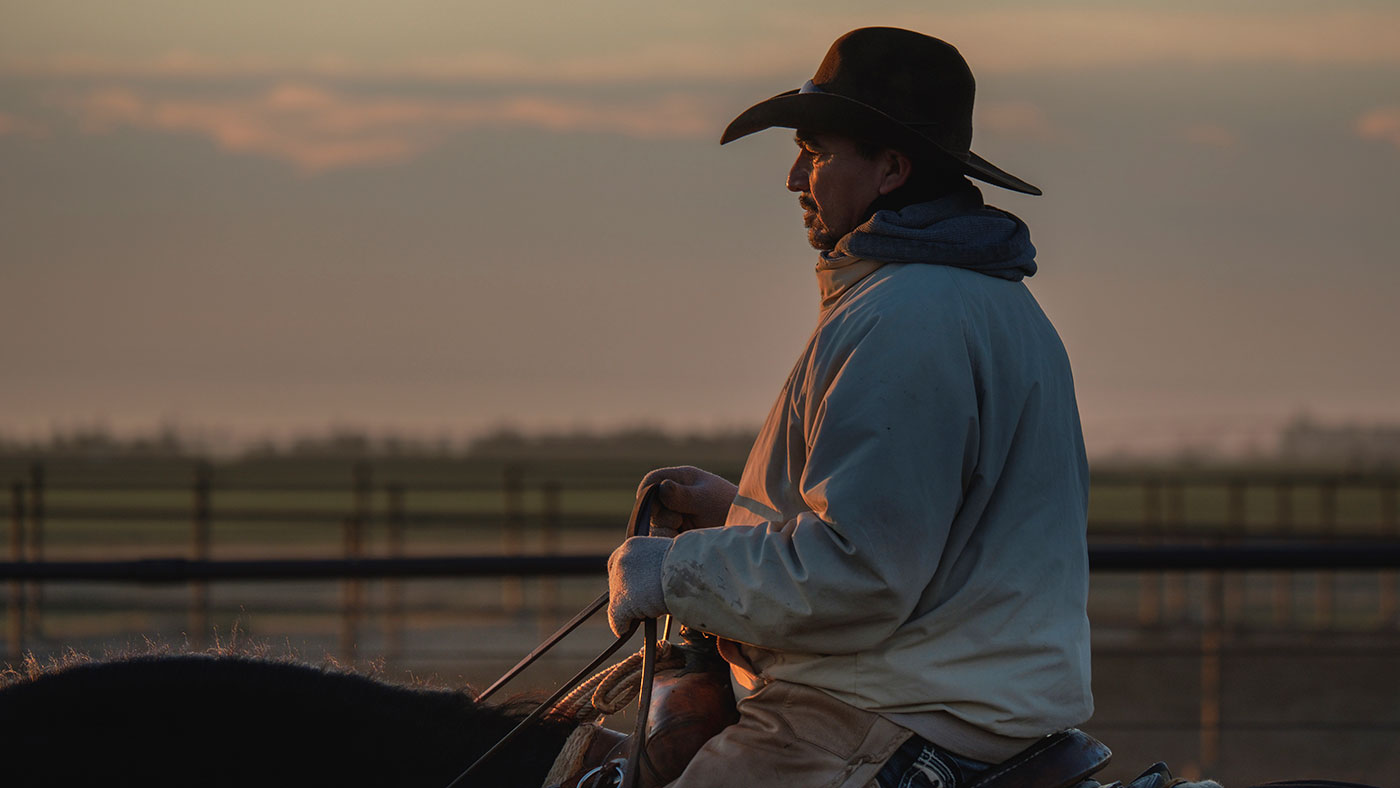 With a gentle pull of the reins, this pen rider guides his horse through a set of new arrivals at the feedyard. It's incredibly important for cattle to get acclimated quickly to their new surroundings, so feedyards will go to great lengths to "roll out the welcome mat" for the cattle.
With a gentle pull of the reins, this pen rider guides his horse through a set of new arrivals at the feedyard. It's incredibly important for cattle to get acclimated quickly to their new surroundings, so feedyards will go to great lengths to "roll out the welcome mat" for the cattle.
Dr. Kip, a licensed veterinarian, says "My primary role...is encouraging wellness. When new cattle arrive at the yard, we make sure they're always greeted, and greeted in a low-stress way that encourages comfort and trust. When the cattle get to their pens, they'll find they have been cleaned and the water troughs stocked with plenty of fresh water. We'll also put some treats in their feeders, provide plenty of fresh hay and provide a ration that has been specifically designed for the cattle by an educated nutritionist."
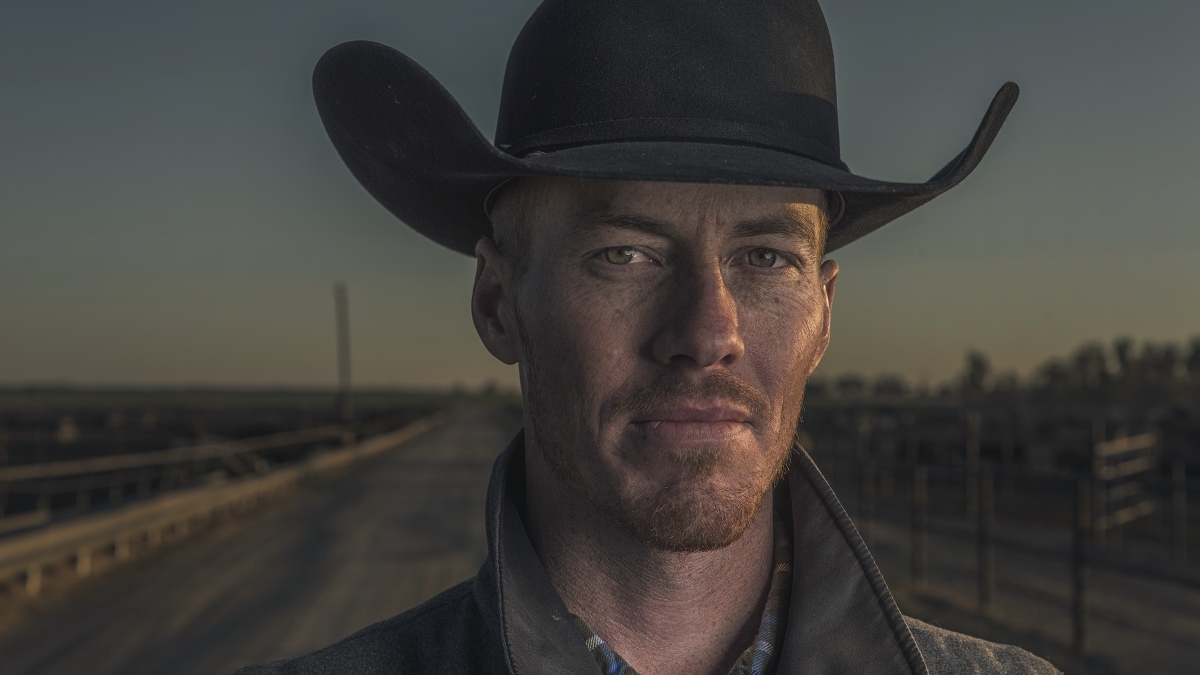
"Cattle well-being is our number one priority. Without animal care, we wouldn't be in business. - Tyler, manager at Dillwyn Feedyard
Low-Stress cattle handling
There's an old saying, "If you want to speed up, slow down".
That may not sound extremely exciting, but when it comes to cattle, that's the point.
In order to reduce unwanted movement or stress on the cattle, pen riders and feedyards are trained in a practice called low-stress handling. It's a philosophy that keeps cattle as calm and relaxed as possible while humans work with and around them. It's better for the cattle, it's better for the cowboy and it's better for the business. Since low-stress handling reduces unwanted stress on cattle, they're generally healthier and eat better, meaning there is a tremendous financial incentive for promoting cattle well-being.
Instead of yipping, hooting and hollering, there's silence.
Instead of kicking up dust with galloping horses, there's the slow and steady click of horse hooves walking.
Pen riders will slowly walk along with the cattle, observing every animal in the pens. Many feedyards will even train their riders to zig-zag through a pen to make sure every square inch of the enclosure is routinely checked.
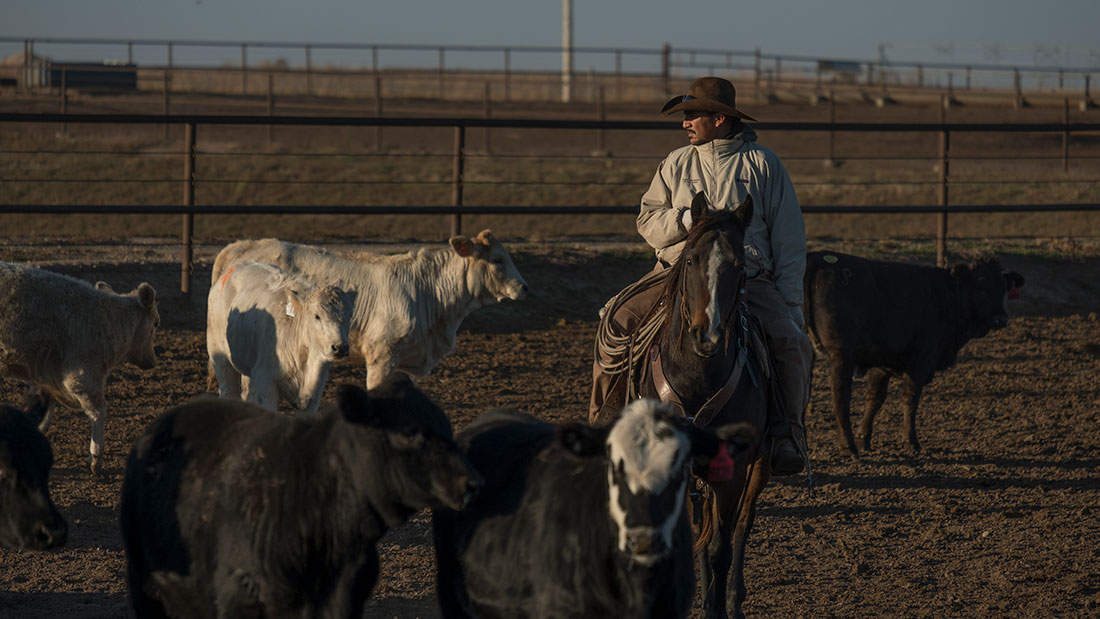
While low-stress handling is a philosophy, there's a playbook that many pen riders will follow.
Beef Quality Assurance (BQA) is a voluntary program where beef producers and cattle handlers are trained in animal welfare and food safety guidelines, and low-stress cattle handling is an essential part of this training. To date, over 10,000 Kansans have voluntarily completed this training and shown their commitment to cattle well-being and food safety.
Veterinarians, like Dr. Kip, also coach pen riders through proper handling techniques in a collaborative effort to make the environment better for cattle.
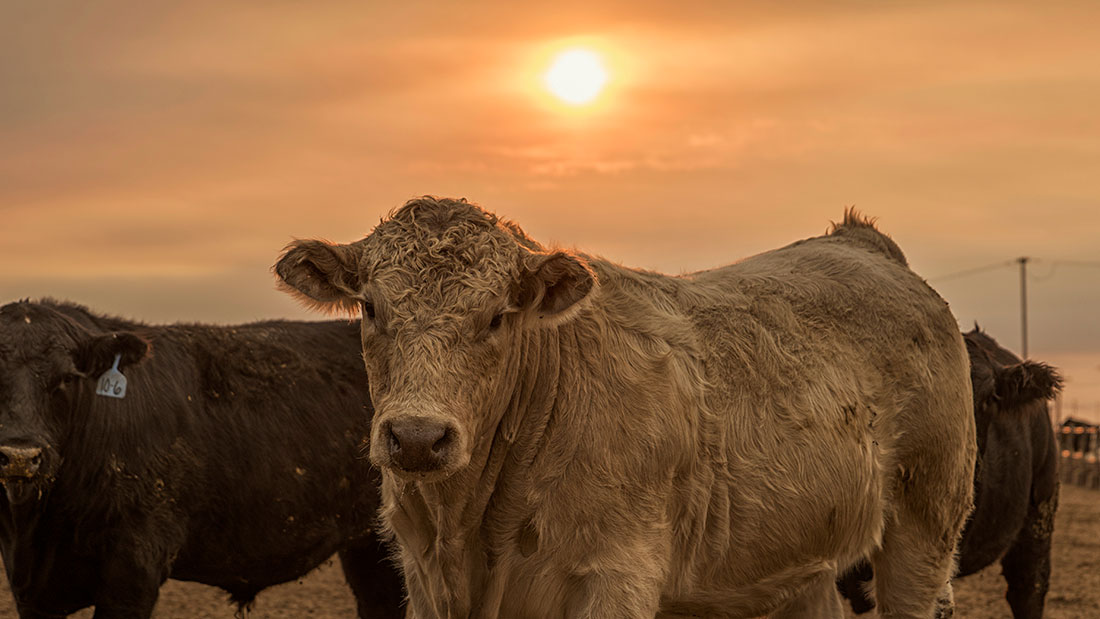
low-stress handling helps cattle stay calmer
One key result from using low-stress cattle handling techniques is that most of the cattle are docile and won't spook easily. While they are usually more accustomed to interacting with people on horseback, most are comfortable around humans. This isn't just better for the cattle; it's also better for the people.
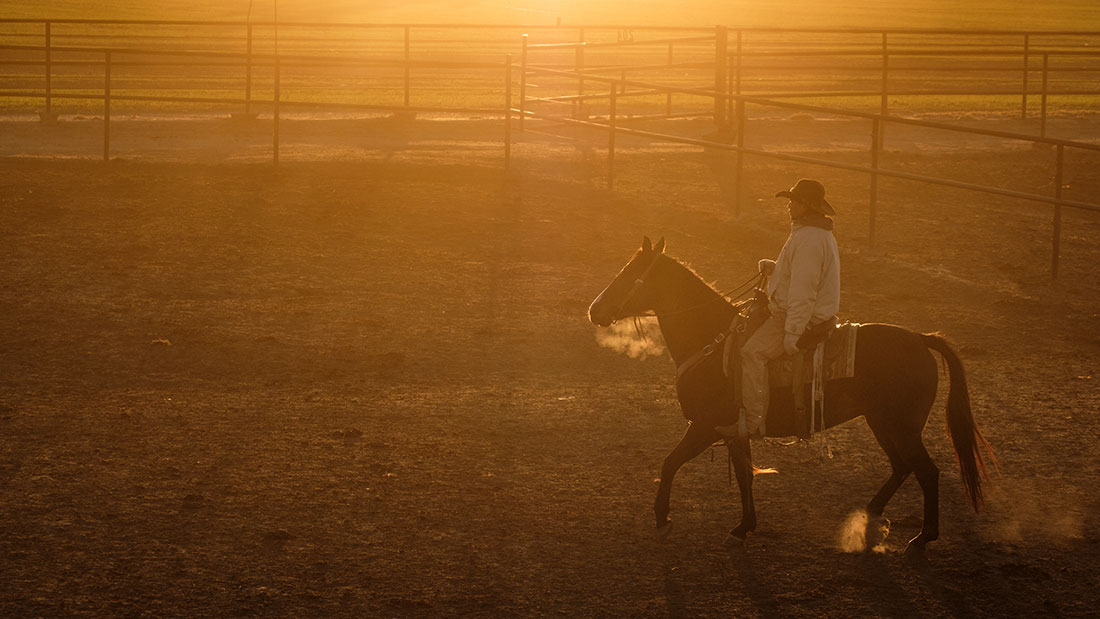
early morning checks are routine at the feedyard
A pen rider guides his horse through the warm rays of sun on a brisk fall morning. By the end of the day, every animal will have been evaluated for any signs of sickness and observations will have been communicated with the animal health team at the feedyard.
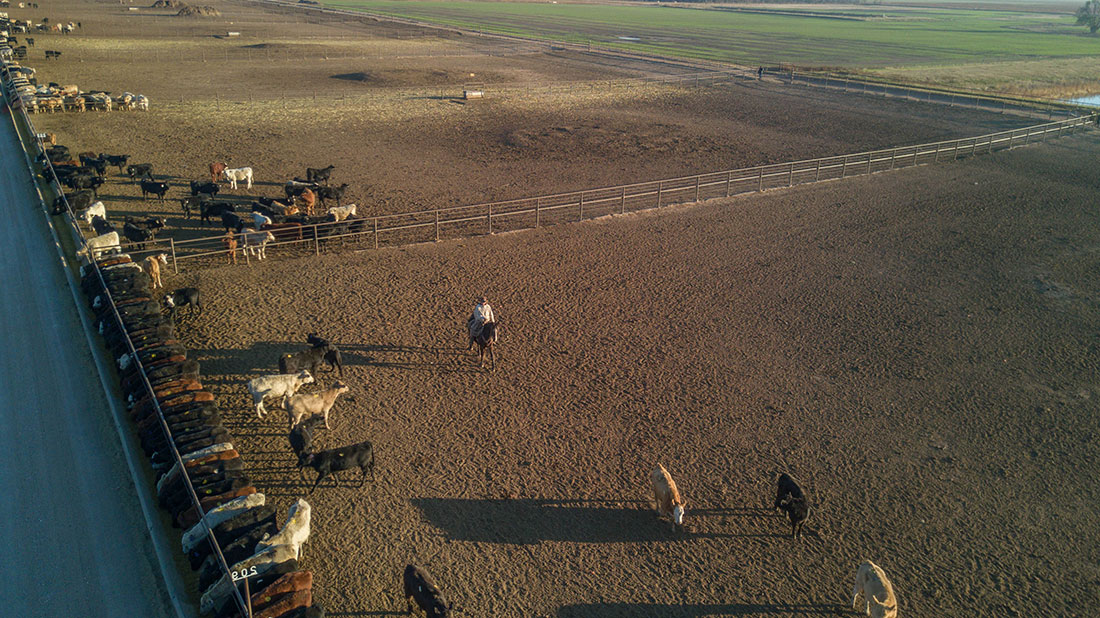
A PEN RIDER IN SOUTHwest KANSAS LOOKS OVER CATTLE DURING THE MORNING FEEDING
"Our cowboys follow the feed trucks. Healthy animals will come running to the feed. Healthy animals are hungry animals. We know that animals that aren't feeling well typically stay behind the group that feels well. That's just one sign that they might not be feeling their best. We want to make sure they are cared for". Tyler, Manager at Dillwyn Feedyard.
Notice the ample space the cattle have to roam their pens.
TREATMENT PLANS
Most people can spot a sick animal. A pen rider’s job is to find those animals before they’re obviously sick.
This might look like an animal not wanting to go to the feedbunk to eat one morning. Or, perhaps their ears seem a little less attentive or they’re not wanting to be with the other cattle.
When an animal is showing possible signs of sickness, the pen rider will slowly and quietly move that animal out of the pen to check on its health.
Once at “the doctors office”, the animal will have its temperature taken, lungs listened to and any other observations done through a veterinarian’s recommended principles.
If antibiotics are needed for treatment, the recommended dose under FDA regulations will be given to that animal and it will be sent back to its pen mates for further evaluation. Careful records are kept on any animal that is pulled from a pen, especially if medication is given to help it feel better. Strict guidelines are followed to make sure the animal is completely free of medication before it ever leaves the feedyard. These records are just one of the many steps that ensure they are producing a healthy, wholesome and safe product for people to enjoy.
If, in the rare instance that animal doesn’t seem to be getting better, the pen riders will bring that animal to a hospital pen where it will receive round-the-clock attention
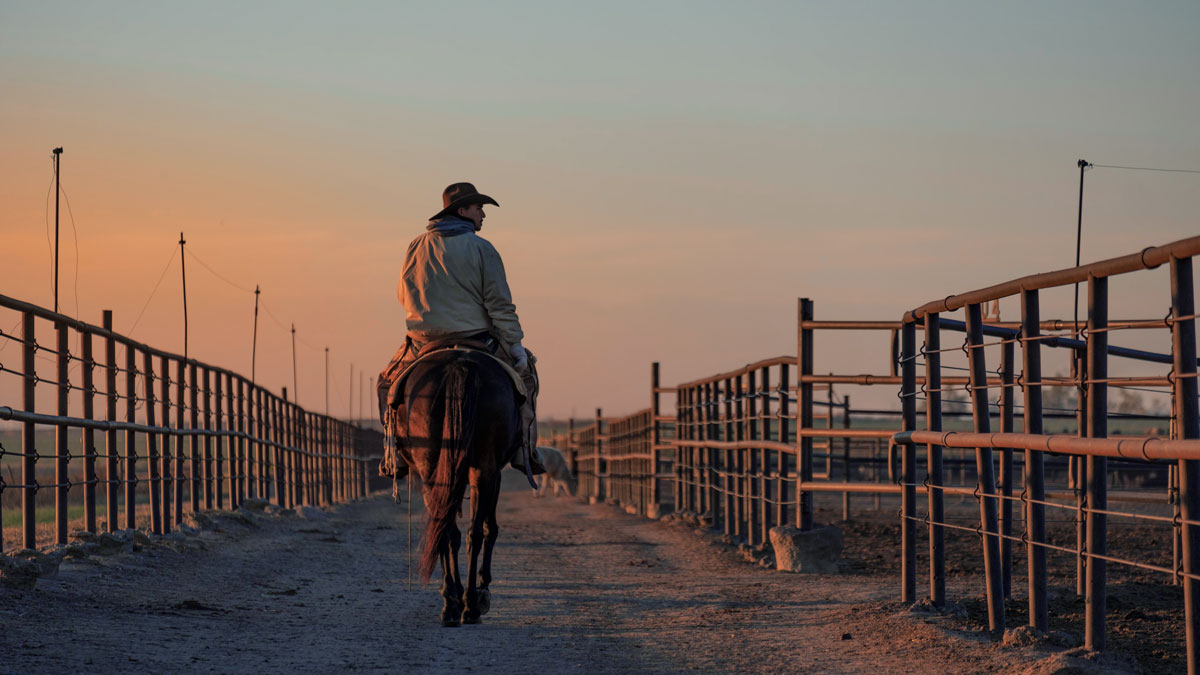
Tiffany Cattle CO
Herrington, KS
Feedyard
Cattle spend their final 4-6 months at a feedyard being fed a scientifically-balanced diet and receiving daily care.
